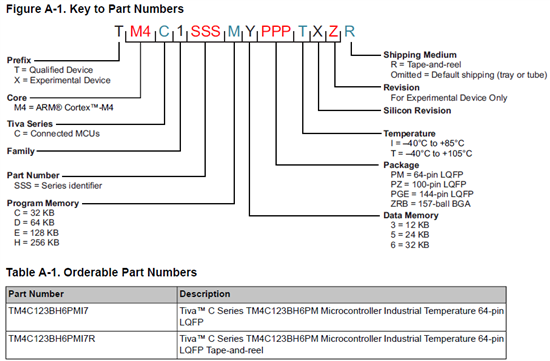Hi, I'm using two MCU of Tiva C series which are TM4C123BH6PM, TM4C123GH6PM.
I'm curious of the difference of these two.
(ref : TM4C123BH6PM datasheet page 1271)
Just looking at this page, it seems that the TM4C123BH6PM and the TM4C123GH6PM are almost the same to me.
They both are the ARM Cortex-M4F type and have the same memory size.
What are the difference of performance between these two (and other Tiva C series products)?
Does the TM4C123GH6PM MCU more stronger to noise etc?
+) Another question
I've also used MSP430F135 MCU.
Why does the MSP430 series have only one voltage supply pin and one GND pin,
on the other hand the ARM type MCU like Stellaris and Tiva C series has serveral VDD and GND pins?
Regards, Min-Ku


